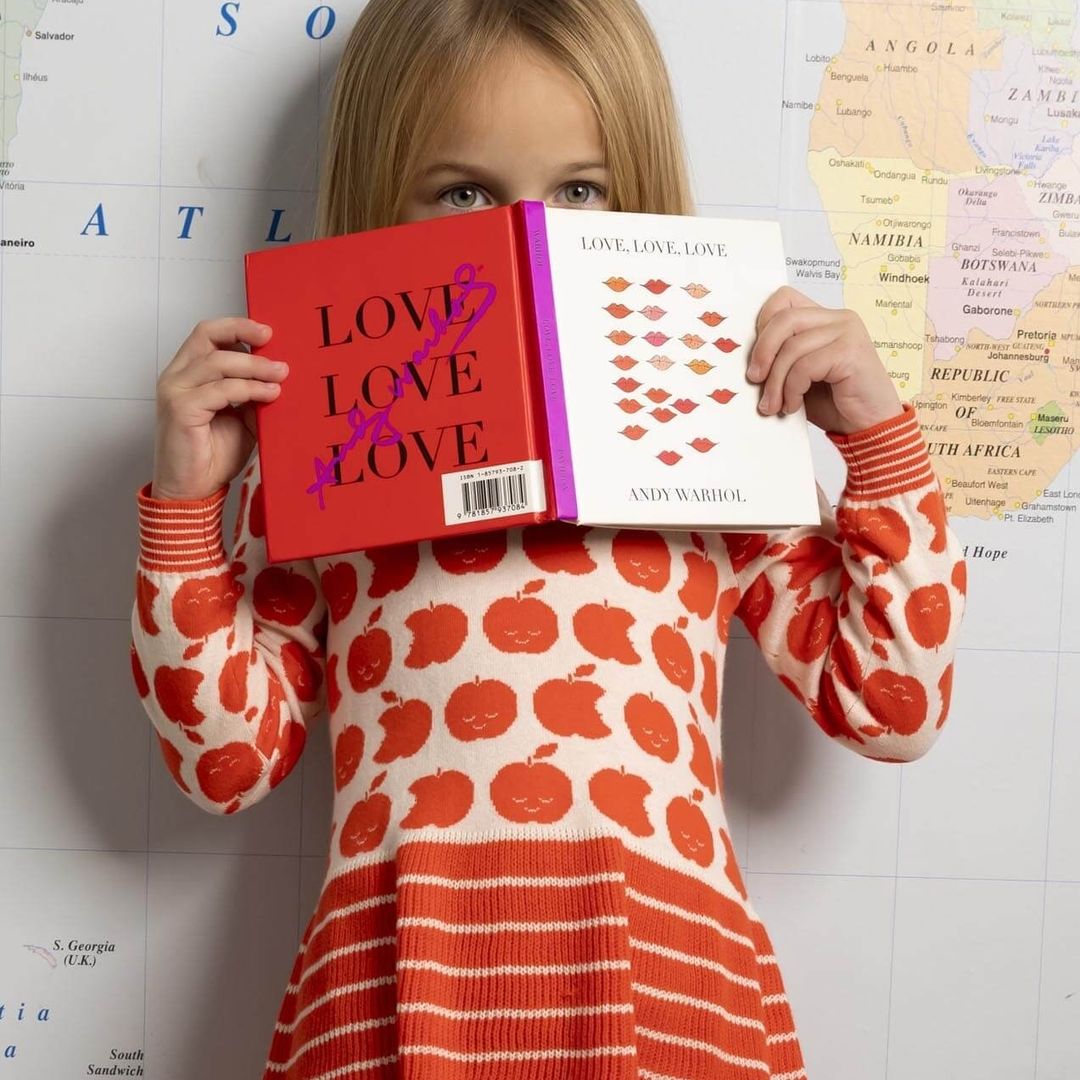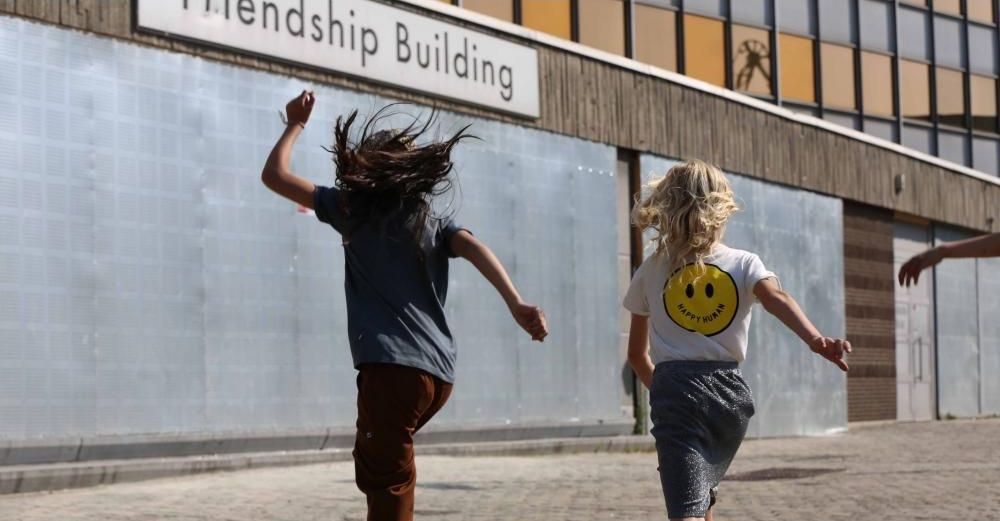We’re sure your inboxes have been flooded with product selections, sales, and more. Instead of adding to the information overload (it’s back to work season, too!), our experts went on a deep dive into changes in the classroom. With advancements in technology, these shifts are shaking up how consumers shop during this notorious season. From technology to shifts in spending, let’s grab our freshly sharpened pencils and take note of back to school trends.
 Bonnie Mob
Bonnie MobThough it first appeared on the scene in November 2022, Chat GPT and generative AI have only increased in intrigue over the past year. One of the key questions was what does this mean for the classroom? Children have been handed a tool that will make cheating easier than ever, so what do educators do? While this surely remains a concern, more teachers are turning to this new technology with an optimistic outlook. A new organization called the International Society for Technology in Education (ISTE) has sprung up to drive the incorporation of technology into classrooms. Believing that these new tools can offer children a better and more personalized education, ISTE strives to help other educators thoughtfully bring new technology into their classroom.
Just like when it is being added to retail stores or utilized by brands to alleviate administrative burdens, artificial intelligence (AI) and other technology like virtual reality (VR) and augmented reality (AR) have to be used purposefully. Rather than shying away from the negatives, teachers can follow brands in using AI to save time. From creating lesson plans to creating assignments designed for different learning styles, AI can help. Teachers can offer an education that is tailored to different students without increasing their workload. It is well known that some kids learn better with visuals while others gain more from reading. AI tools can offer curated educational experiences that best help students learn.
AR is giving textbooks a fresh new feature, enabling kids to turn images into 3D models. By simply looking at them through their phone’s camera lens, the images come to life. This will be an incredible tool for visual learners, and make learning more fun. VR will be able to take classes on trips to the past or around the world through headsets. While this technology is not yet offered at an accessible price point for many schools, it is logical to assume as the technology progresses it will trickle down into the classroom as laptops and tablets have.
Data privacy is of great concern. Whether a brand or retailer incorporating this new technology into their business or a child playing with it, data must be protected. As we learned at the seminar in New York that was about generative AI, free websites are never really free. It can be dangerous for personal information to be added to these servers, and near impossible to remove it afterwards. To protect kids from this danger, incorporating and acknowledging these new technologies will be essential. With kids now being more tech savvy than their parents, educators can provide a safe, controlled environment to explore new technology. By making the classroom this space, teachers can focus on how to use it as a tool to further education.
So, what do these shifts in the classroom mean for kids’ fashion and lifestyle brands and retailers? Back to school shopping is one of the most important selling periods in the kid’s market. What’s going on in the classroom directly affects how it goes. It was once unfathomable for children to wear jeans to school. Today, denim is one of the back to school trends no little one misses. Shifts in technology and society have an impact in how families shop. It has been noted in trend forecasts for several seasons that the children of today are digital natives. They’re often more familiar with the latest technology than their parents, making each new generation more tech savvy. As the classroom and society shift further into the digital world, where do real life products find a place?
The pandemic introduced remote and hybrid learning models to the education industry. As technology advances and becomes more readily available, VR classrooms could increase in popularity. VR classes marry the merits of in class social interactions with the accessibility of remote learning. This could be great for equalizing the quality of education, bringing more opportunities for learning to rural communities. As the classroom heads online, the focus will turn to digital avatars that will have their own outfits. As a result, the desire for comfortable, durable clothing will only continue to increase. We have already been seeing shifts to more oversized silhouettes that can be worn longer as kids grow into them. It is likely this will become increasingly desirable as digital clothing begins to take precedence.
Compassion will also be an important factor for the clothes that parents buy their kids. As technology becomes ever more incorporated into our daily lives, people will seek out more humanness in what they wear and the experiences they seek out. While there have been conflicting reports on consumer spending for the 2023 back to school season, one thing is sure: parents and kids still love the ritual of back to school shopping. It’s a moment to spend time together going to stores, trying on new pieces, and getting excited for the school year. With the current state of the global economy, parents are being more thoughtful about what they spend their money on.
New technology in the classrooms will not only affect what consumers buy, but also how much. As technology becomes a requirement for school, parents will have to change how they shop. More of the back to school budget will be allocated to technology, rather than clothes and accessories. To combat this, brands and retailers can offer bundles that feature back to school trends too convenient to pass up. With simple selections already curated for them, parents will appreciate the easiness of the shopping experience.
 Cos I Said So
Cos I Said SoIn today’s market of mass customization, why not offer bespoke education, too? New technology is shifting faster than ever, with the emergence of free versions of AI accessible to everyone acting as the great disruptor of the 21st century. As kids head back to the classroom, it’s important for those targeting the children’s market to stay aware of what little ones are being exposed to on a daily basis and how the classroom environment is changing. Acting as an influence on the level of comfort and style they’ll be looking for, as well as their purchasing power, these changes will modify how families shop for the back to school season.
Still figuring out what all of these terms like AR and VR mean? Check out our article that explain these terms in detail here, and our recap from the New York seminar on AI here.